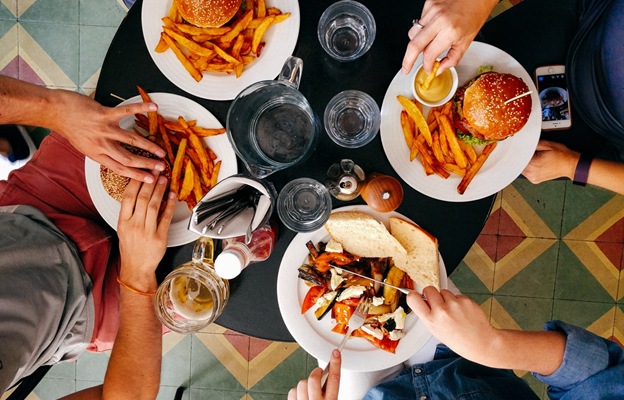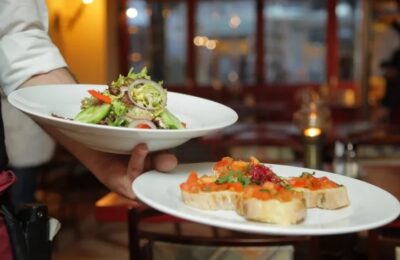Food safety should always be a top priority in any food-service business. You have a responsibility to keep customers safe from foodborne illnesses and other potential health hazards. Contaminated foods cause illness in one out of six Americans every year, according to the Centers for Disease Control and Prevention.
Don’t let your restaurant become a part of this statistic. Not only could one incident cause you to lose customers, but it could get your restaurant shut down. There are many simple, easy tools, processes, and strategies you can use to make sure your customers stay safe and enjoy your food:
- Use Your POS System for Inventory Management.
Being organized with food inventory is critical to avoid food safety issues. A good point-of-service (POS) system should include inventory management. POS systems can help you track the dates of stored foods, when they are no longer safe to use, ingredients in recipes, and the sources of products in the even there is a recall.
To learn more about what POS software is right for you, check out this restaurant POS guide. Once you’ve decided, be sure to train your employees on the new software properly, so it is used correctly and effectively to maintain safety standards.
- Have a Cross-Contamination Plan in Place
Cross-contamination occurs when bacteria are transferred from one food to another, for instance, if you use a knife to cut raw chicken and then spread salmonella from the dirty knife to a tomato. Cleanliness is essential for avoiding this, but there’s more to it. Make sure your kitchen has a process in place that makes cross-contamination nearly impossible. It should include things like:
- Storage for raw meats, seafood, poultry, and eggs
- Hand washing
- Washing and disinfecting cutting boards and knives
- Using separate cutting boards for produce and meats
- Color-coded towels
- Processes for avoiding contamination with food allergens
- Use RFID Technology to Ensure Safe Temperatures and Employee Compliance
RFID tags are a simple technological tool you can use to track temperatures and to hold workers accountable for doing so. RFID stands for radio-frequency identification. An RFID tag can be easily placed on items so that employees can use an RFID reader device to monitor temperatures quickly. Once they scan the tag, the information of what the product is and its temperature is stored.
RFID tags can also be used to help food runners find the right table for food delivery. This minimizes the time foods are in transit, a critical time during which dishes can cool down or warm up to room temperatures, increasing the risks of foodborne illnesses.
- Invest in a Good Thermometer
Cooking meats, chicken, and seafood to the right temperatures is a crucial part of a good meal but also a safe one. To avoid human error, make sure employees use accurate thermometers. Keep a chart of appropriate internal temperatures for several foods handy and visible so that workers are less likely to make a risky mistake when preparing meals.
- Build a food safety culture in your kitchen.
When leadership establishes safety as a priority and focuses on making it a part of the culture, workers will follow suit. Emphasize a safety culture in your kitchen from day one:
- Train all workers in food safety procedures immediately upon starting their jobs and regularly as an ongoing practice
- Don’t just train by listing and practicing rules; explain why each rule or procedure is important
- Lead by example by following those procedures religiously
- Post lists and information around the kitchen to remind workers of safety rules
- Make sure staff has access to the tools they need to prioritize safety
- Make regular inspections of food storage, equipment and tools, and the workers to ensure compliance
Another important part of a safety culture is ensuring workers stay home when sick. The now-famous incidents of food poisoning at Chipotle restaurants had many causes. A big part of preventing future outbreaks in Chipotle kitchens included a better paid sick-leave policy. Treat your staff well, and food safety improves.
Food safety is one of the most important aspects of a successful kitchen and restaurant. Use these tools and processes to improve the safety in your business and to avoid illness and other negative consequences.












